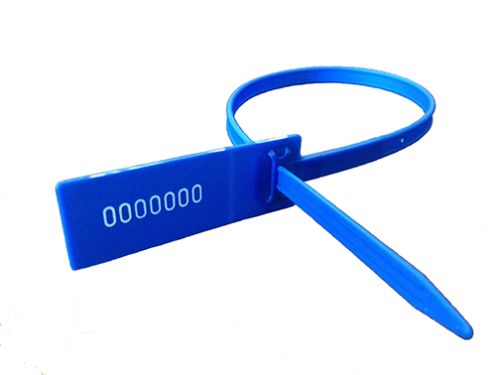In today’s globalized world, the secure transportation of goods has become paramount. Ensuring the integrity of cargo containers and their contents is a critical concern for various industries, from shipping and logistics to international trade. ISO 17712:2013, a standard developed by the International Organization for Standardization (ISO), addresses this concern by setting guidelines for high-security seals used to protect containers during transit. This comprehensive guide explores the key aspects of ISO 17712:2013 certification services, outlining its significance, requirements, and benefits.
Understanding ISO 17712:2013
ISO 17712:2013 establishes the requirements for mechanical seals used on containers to deter theft and tampering. These seals are commonly referred to as “security seals” or “container seals.” The standard provides specifications for three main categories of seals: “Indicative Seals,” “Security Seals,” and “High-Security Seals.” Each category has different security levels, with “High-Security Seals” offering the highest level of protection.
Certification Process
Obtaining ISO 17712:2013 certification involves a series of steps to ensure that manufacturers and suppliers meet the standard’s stringent requirements. The process typically includes the following stages:
- Application: Manufacturers interested in certification submit an application to an accredited certification body. This initiates the evaluation process.
- Document Review: The certification body reviews the manufacturer’s quality management system documentation, seal designs, and production processes to ensure alignment with ISO 17712:2013 requirements.
- On-Site Audit: A comprehensive on-site audit is conducted to assess the manufacturer’s production facility. Auditors evaluate the manufacturing processes, quality control procedures, and record-keeping practices to verify compliance.
- Testing: High-security seals are subjected to rigorous testing, including tests for tamper resistance, strength, and durability. The seals must withstand various environmental conditions and attempted tampering.
- Certification Decision: Based on the audit findings and test results, the certification body makes a decision regarding ISO 17712:2013 certification. If compliant, the manufacturer is granted certification and the right to display the ISO certification mark.
Benefits of ISO 17712:2013 Certification:
- Enhanced Security: ISO 17712:2013 certified seals provide a higher level of security, deterring theft, tampering, and unauthorized access. This is crucial for safeguarding valuable or sensitive cargo.
- Global Acceptance: ISO standards are recognized and accepted worldwide. ISO 17712:2013 certification enhances credibility and facilitates international trade by assuring partners that security measures are in place.
- Regulatory Compliance: Many regulatory bodies and customs agencies require compliant security seals for container shipments. ISO 17712:2013 certification ensures adherence to these regulations.
- Risk Reduction: Certified seals help mitigate the risk of cargo loss, damage, and unauthorized access, leading to potential cost savings and minimized disruptions in the supply chain.
- Market Advantage: Manufacturers and suppliers with ISO 17712:2013 certification gain a competitive edge by demonstrating their commitment to security and quality.
Conclusion:
ISO 17712:2013 certification services play a pivotal role in ensuring the secure transportation of goods across the globe. By setting stringent standards for high-security seals, the ISO helps protect valuable cargo and prevent unauthorized access. Manufacturers and suppliers that obtain ISO 17712:2013 certification not only meet global security requirements but also enjoy a range of benefits, including enhanced credibility, regulatory compliance, and a competitive market advantage. As the world continues to rely on the smooth flow of goods, ISO 17712:2013 certification remains a crucial component of a secure and efficient supply chain.












